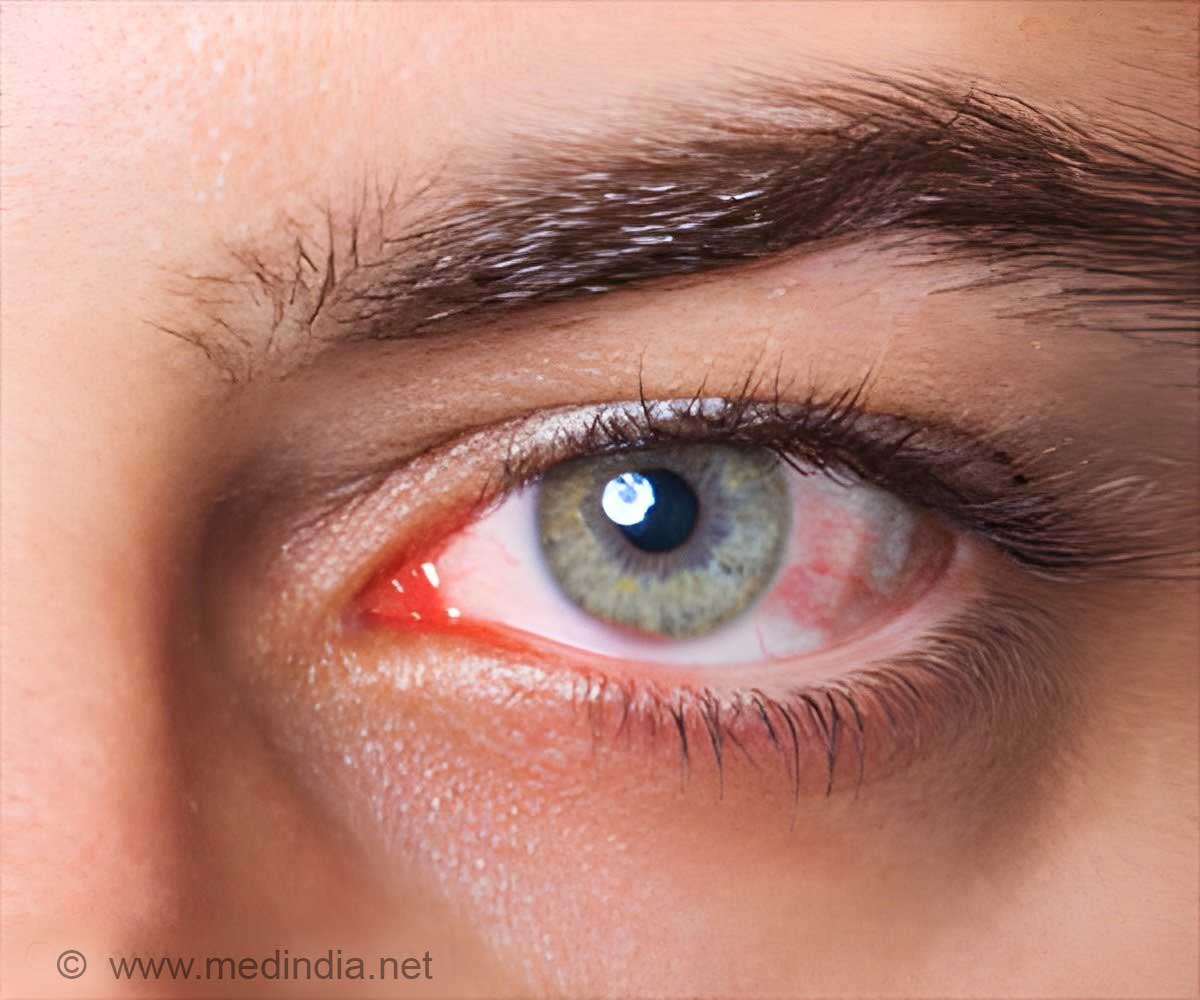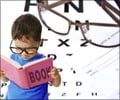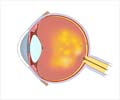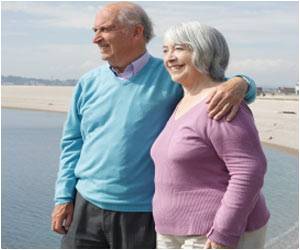More number of senior adults will suffer from low vision. However, vision rehabilitation can help people make the most of the vision they have left so they can live as independently as possible.

‘Age-related macular degeneration is one of the leading causes of low vision. Other common contributors include diabetic eye disease, glaucoma, and inherited retinal diseases. Whatever the reason, vision rehabilitation can help people make the most of the vision they have left so they can live as independently as possible.’





The American Academy of Ophthalmology is taking the opportunity of September's Healthy Aging Month to let people know they can retain their independence and stay safe, despite declining vision. Age-related macular degeneration is one of the leading causes of low vision. Other common contributors include diabetic eye disease, glaucoma, and inherited retinal diseases. Whatever the cause, vision rehabilitation helps people make the most of the vision they have left so they can live as independently as possible.
The field of vision rehabilitation has advanced significantly over the years, offering more effective technologies and strategies. Today, ophthalmologists can offer solutions that range from a simple, portable video magnifier that can enlarge text and objects to high-tech glasses with cameras that allow people to read the text and see faces. But there are many simple changes people can make on their own to help them live better:
- Improve contrast. Put dark placemats under white place settings, buy rugs that are a contrasting color with the floor, and kitchen towels and cutting boards that contrast with the countertop. Use contrasting colored tape along the edges of rugs, stairsteps and lampshades.
- Improve lighting. Every year, about 3 million older Americans are treated for injuries from falls, according to the Centers for Disease Control and Prevention. Many of these falls are caused by low vision. Add lighting to staircases and dark hallways. Remove rugs from hallways to prevent tripping. Task lighting in the kitchen can also make food preparation safer and easier.
- Reduce clutter and organize. A cluttered house is more difficult to navigate and can contribute to falls and frustration. When each item has a specific place and is identified with a high-contrast label, it's easier to locate items needed for everyday living.
- Embrace technology. Books on tape and personal voice-activated assistants, like Google Home or Amazon's Alexa, can be enormously helpful for people who can no longer see well enough to read, dial a phone or set a thermostat.
Most importantly, see an ophthalmologist and a low vision specialist. An ophthalmologist can determine the full extent of vision loss and the exact location of blind spots. Either the ophthalmologist or a low vision specialist can then determine the best techniques and devices that can help patients get around their individual challenges.
Unfortunately, many patients are referred for vision rehabilitation as a last resort, once their disease has advanced to a late stage. But it's most effective when introduced early in a patient's visual loss, so they can involve themselves in the process as they learn how to move around in their new world.
Advertisement
Source-Newswise









